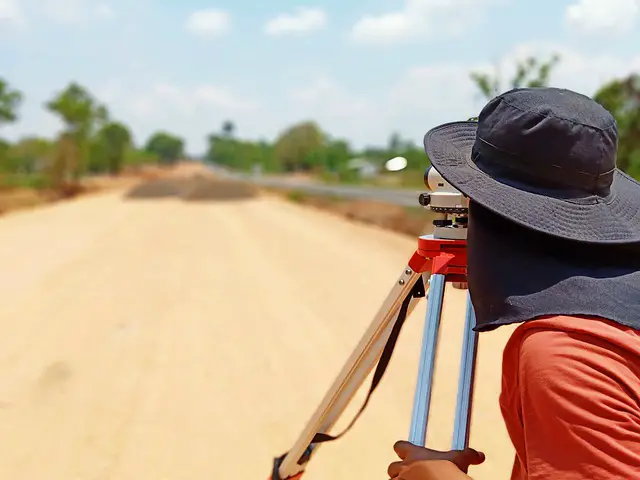Ground-penetrating radar or GPR is a versatile and useful technology. It allows you to view anything that lies beneath the ground including utility lines, sewer pipes, and rebar. Many industries use GPR. These industries include construction, engineering, and the military.
Using GPR allows you to avoid the extra step of needing to cut through or core concrete to see if there are any hazards below the surface. If sewer or gas lines show up, you can easily reroute your project or certain aspects of it to build at a spot where these items can remain undisturbed.
Spot Utilities
Use GPR technology to spot and for precision utility mapping. Don’t start digging until you have used GPR to locate any utility lines that may lie under the surface. Once this is done, call local authorities to have them mark where the lines are so you can avoid cutting or damaging them during construction. Call the local authorities necessary to have them mark the location of all utility lines for future reference.
GPR Technology
The way GPR works is by sending a signal out from its antenna. This signal is transmitted into the ground or the surface. The results are then transmitted back to the GPR unit for interpretation. A monitor displays the results for you to see where any hazards, rebar or utility lines may be. You do not need to cut first to find these items. Simply scan the surface with the GPR and retrieve its findings.
GPR will work on most surfaces including soil that is sandy. Moist soil can affect the signal and the results that the GPR unit delivers back to you. Generally, you can still use it in 3 feet or less of wet soil and still get good readings but anything deeper than that is hard to interpret.
Pros of GPR Surveys
The Health and Safety Executive advises there be three steps taken to make every excavation safe. Companies must plan every job with safety as a priority. One way they can do this is by making sure to detect any underground utilities, pipes or wires wherever excavation is to be done. They must use the safest digging practices wherever pipes, wires, or tanks may be situated.
It can be nearly impossible to detect polyethylene gas and water pipes using anything but ground penetrating radar. GPR surveys can detect metallic and non-metallic items. This method can also be used to find fiber optic cables which can cost a lot to fix if ever they are damaged during excavation.
We are open and honest and ready to answer every question you have regarding what to do when starting any excavation work. We cannot promise that GPR will always find every single item underground all the time. As with any other type of radar equipment, this equipment has limitations. Wet soil and clay can cause the system to have difficulty penetrating deeply underground. Because of this possibility, we always use GPR with radio detection equipment. This provides you with the most accurate mapping survey service possible.
We believe that when you use electromagnetic techniques first it will increase the rate of success of your project. It will eliminate any underground conductive services immediately so you will know where you can safely begin digging or excavating.
An Ofcom license is required to operate GPR equipment. At Discover Surveys we have all relevant licenses needed by law to do radar surveys legally and safely. Call on our service to perform your next survey using the latest GPR equipment for accurate and detailed reports.
Our GPR Scanning
At Precision-um.co.uk, we have years of experience and expertise in concrete scanning. We know how to use GPR accurately. We also use other methods like concrete x-ray and electromagnetic conductivity for scanning concrete. All our workers are trained in the latest safety techniques. Everyone is ready to work for you in the safest, most efficient and accurate way possible. When you need to check for underground objects or potential hazards, don’t dig. Call on us first.


Leave a Reply
You must be logged in to post a comment.